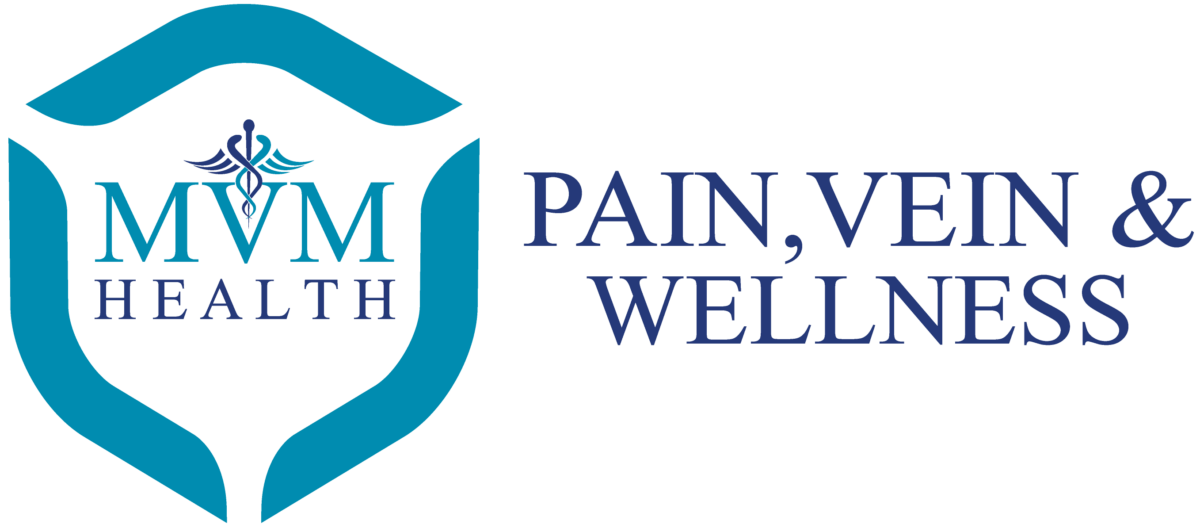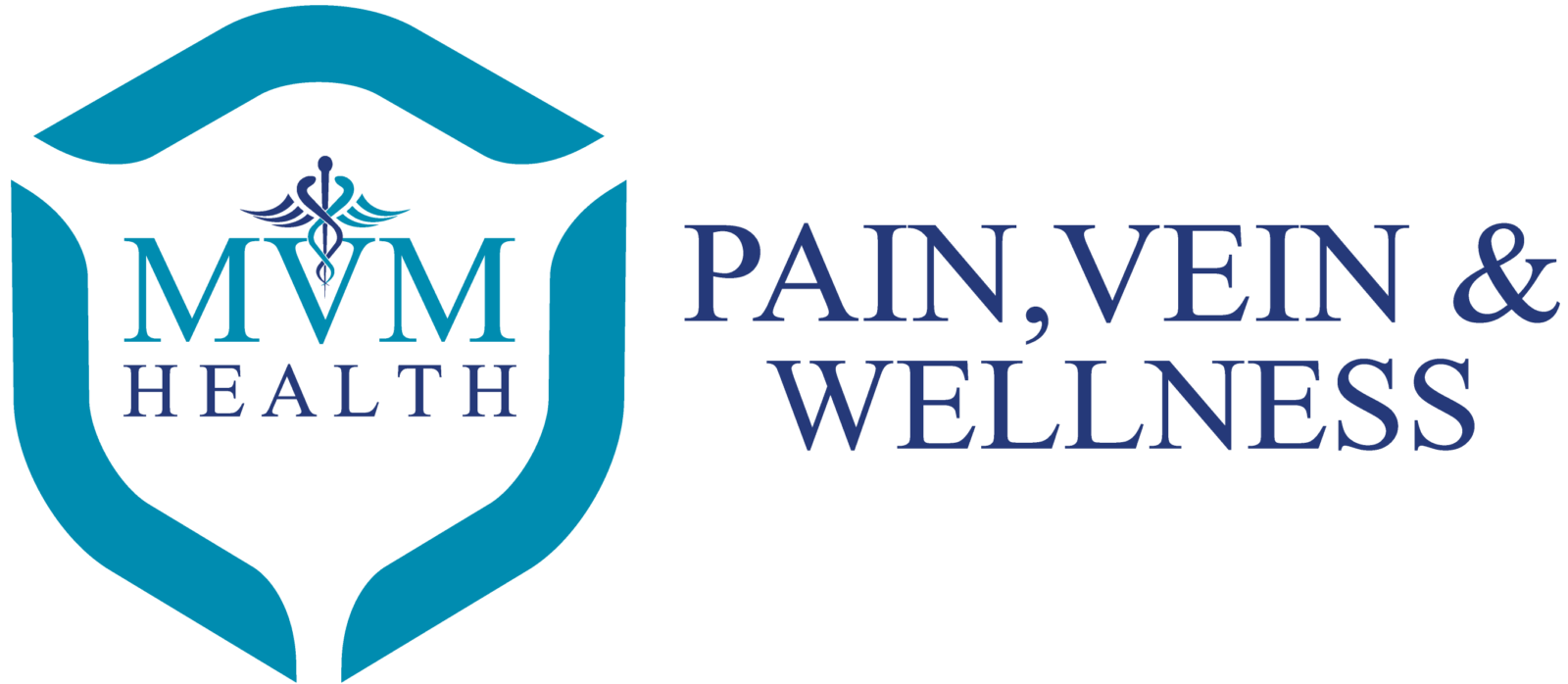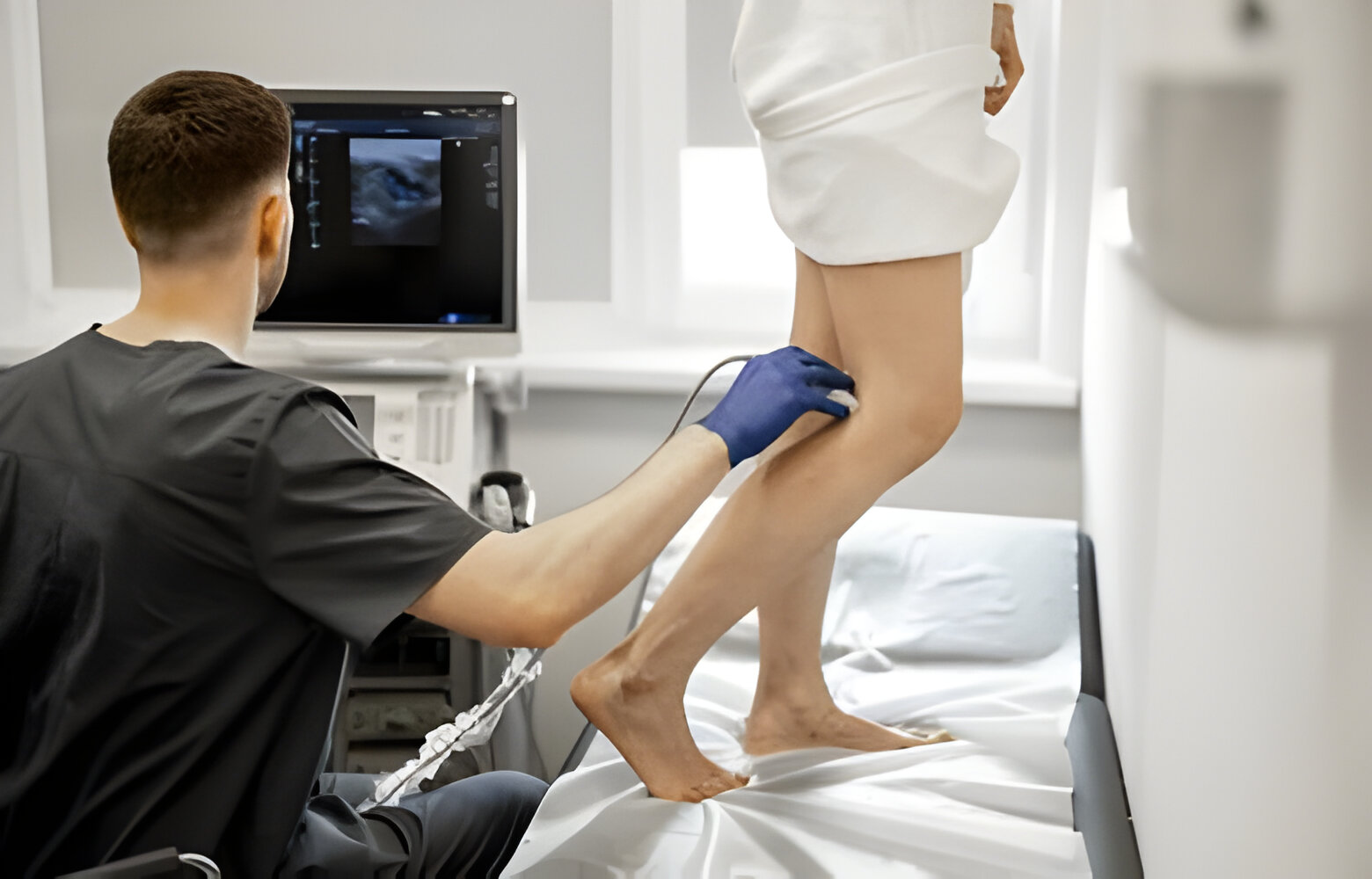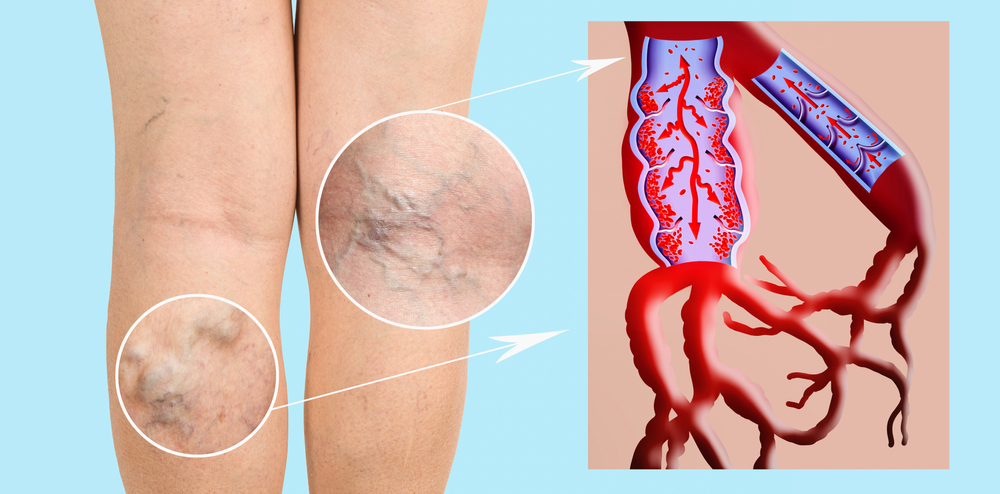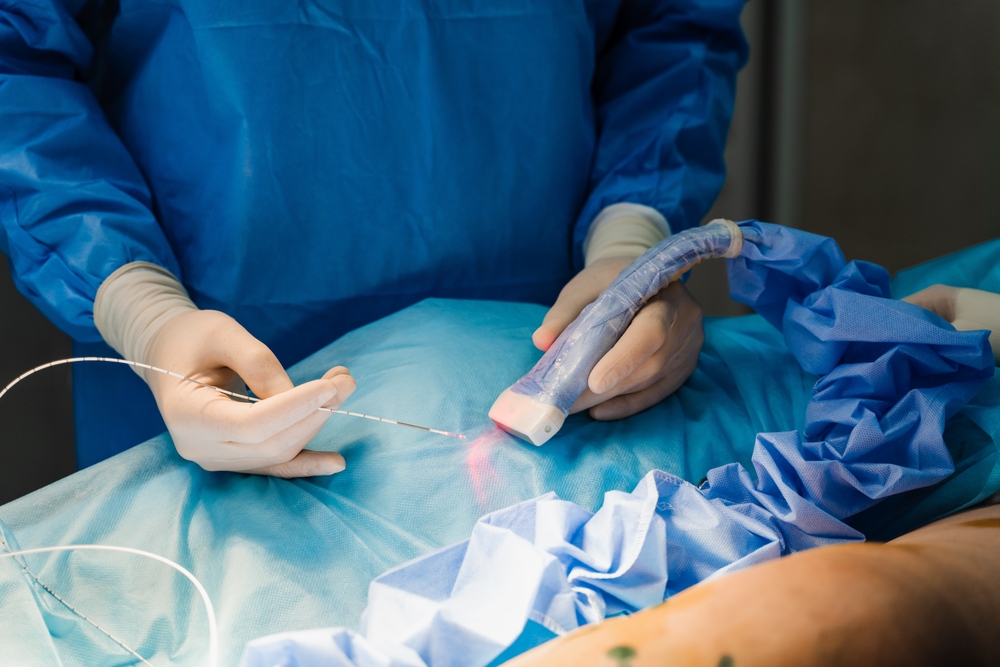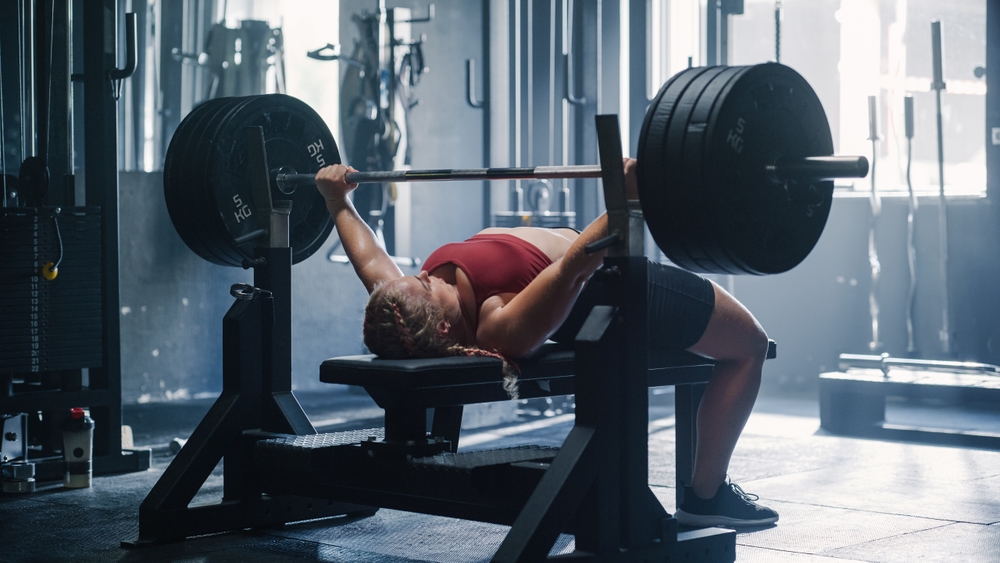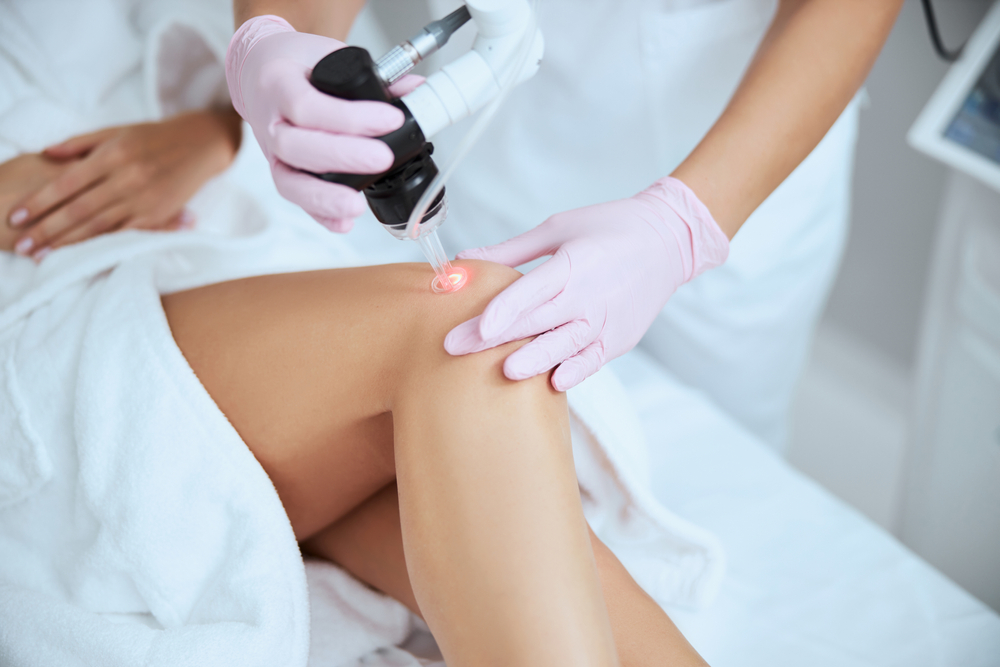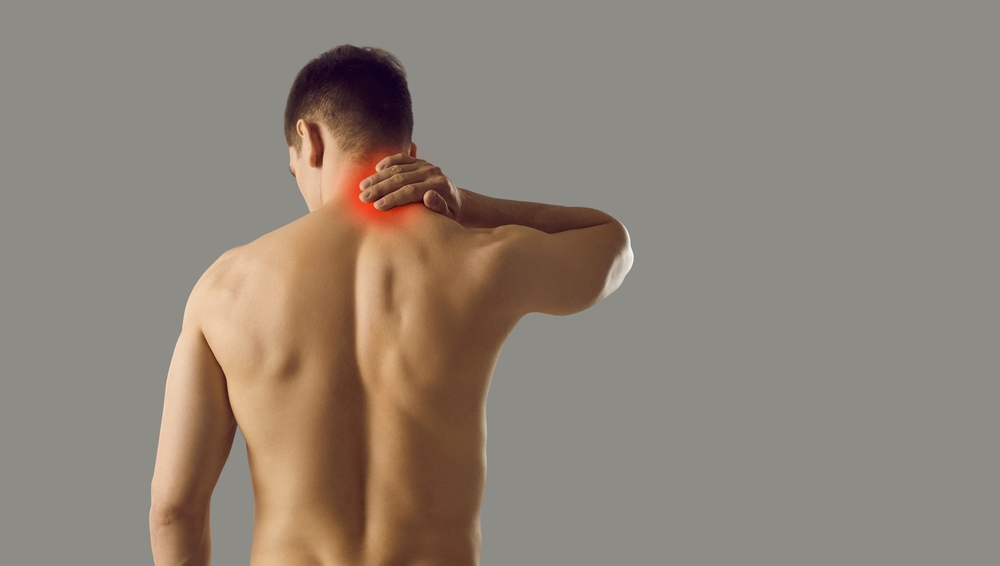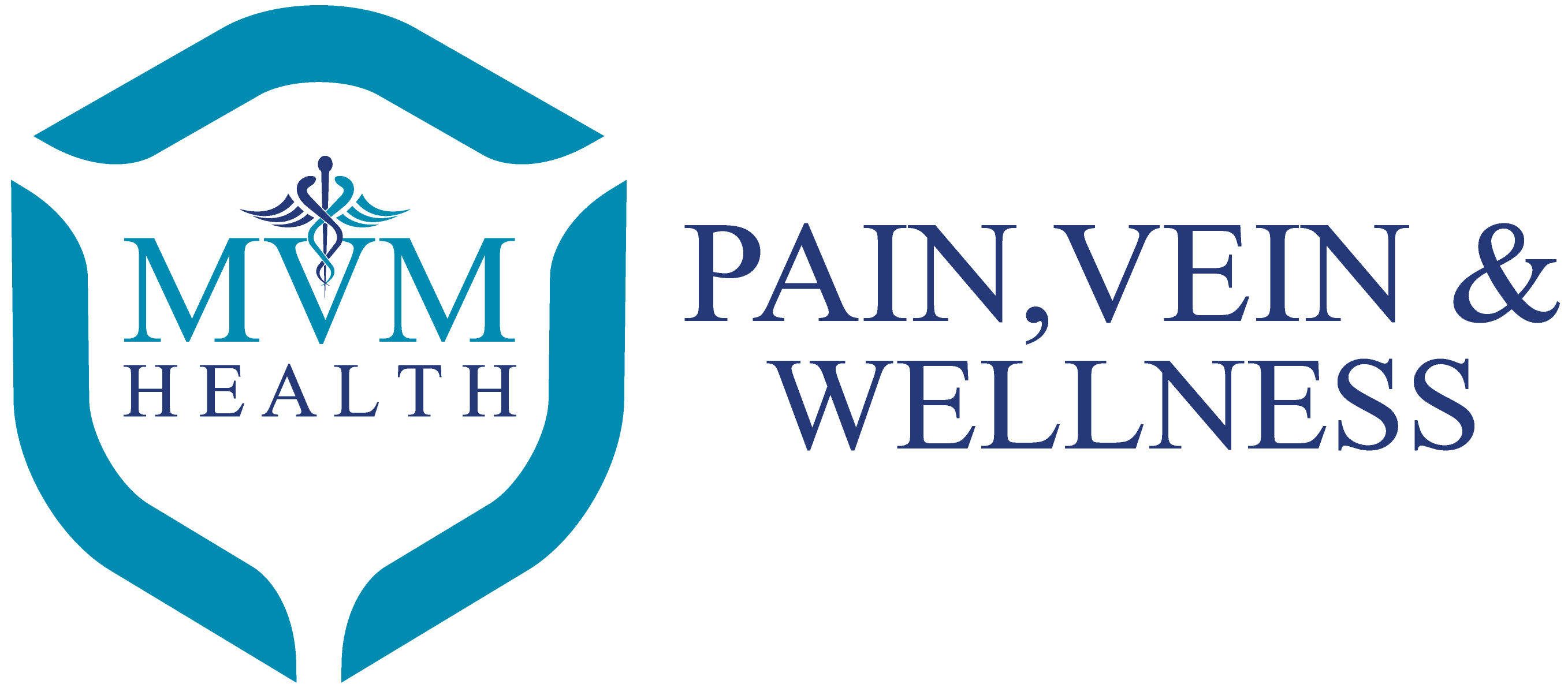Varicose veins, those enlarged and twisted veins often found on the legs, are more than just a cosmetic concern. They can cause significant discomfort, pain, and other complications if left untreated. In today’s medical landscape, advanced treatments like Radiofrequency Ablation (RFA) and Sclerotherapy offer effective solutions to banish bulging veins. This article explores these two treatments, their processes, benefits, and how they can restore both the appearance and health of your veins.
Understanding Varicose Veins
Varicose veins occur when veins become enlarged, dilated, and overfilled with blood. This condition often results from weakened or damaged valves in the veins, which hinder blood flow back to the heart. Common symptoms include swelling, aching pain, heaviness in the legs, and visible, bulging veins.
What is Radiofrequency Ablation (RFA)?
Radiofrequency Ablation (RFA) is a minimally invasive procedure that uses radiofrequency energy to heat and close off varicose veins. The heat damages the vein walls, causing them to collapse and seal shut. Over time, the treated vein is absorbed by the body, and blood is rerouted to healthier veins.
The RFA Procedure
- Preparation: The area to be treated is cleaned and numbed with a local anesthetic.
- Insertion: A small incision is made, and a catheter is inserted into the varicose vein.
- Energy Application: Radiofrequency energy is delivered through the catheter, heating the vein walls.
- Closure: The vein collapses and is eventually absorbed by the body.
- Aftercare: A compression bandage or stocking is applied to aid healing and reduce swelling.
Benefits of RFA
- Minimally Invasive: Requires only small incisions.
- Quick Recovery: Most patients return to normal activities within a day.
- Effective: High success rates in closing varicose veins.
- Reduced Pain: Less postoperative discomfort compared to traditional surgery.
What is Sclerotherapy?
Sclerotherapy involves injecting a solution directly into the varicose veins. This solution irritates the lining of the blood vessels, causing them to collapse and stick together. Over time, the treated veins fade from view.
The Sclerotherapy Procedure
- Preparation: The skin over the varicose veins is cleaned.
- Injection: A sclerosing solution is injected into the veins.
- Compression: Compression stockings are worn to aid in vein collapse and healing.
- Follow-up: Multiple sessions may be needed for optimal results.
Benefits of Sclerotherapy
- Non-Surgical: No need for incisions or anesthesia.
- Quick and Convenient: Often performed in a doctor’s office.
- Effective for Smaller Veins: Particularly useful for spider veins and smaller varicose veins.
- Minimal Downtime: Patients can typically resume normal activities immediately.
Choosing the Right Treatment
Selecting between RFA and Sclerotherapy depends on various factors, including the size and location of the varicose veins, patient health, and personal preferences. Consulting a vascular specialist is crucial for an accurate diagnosis and personalized treatment plan.
Conclusion
Banishing bulging veins is now more attainable than ever with advanced treatments like Radiofrequency Ablation and Sclerotherapy. Both methods offer effective solutions with minimal discomfort and downtime. By understanding these procedures and their benefits, patients can make informed decisions to improve their vein health and overall quality of life. For personalized advice and treatment options, consult with a vascular specialist today and take the first step towards healthier, vein-free legs.
